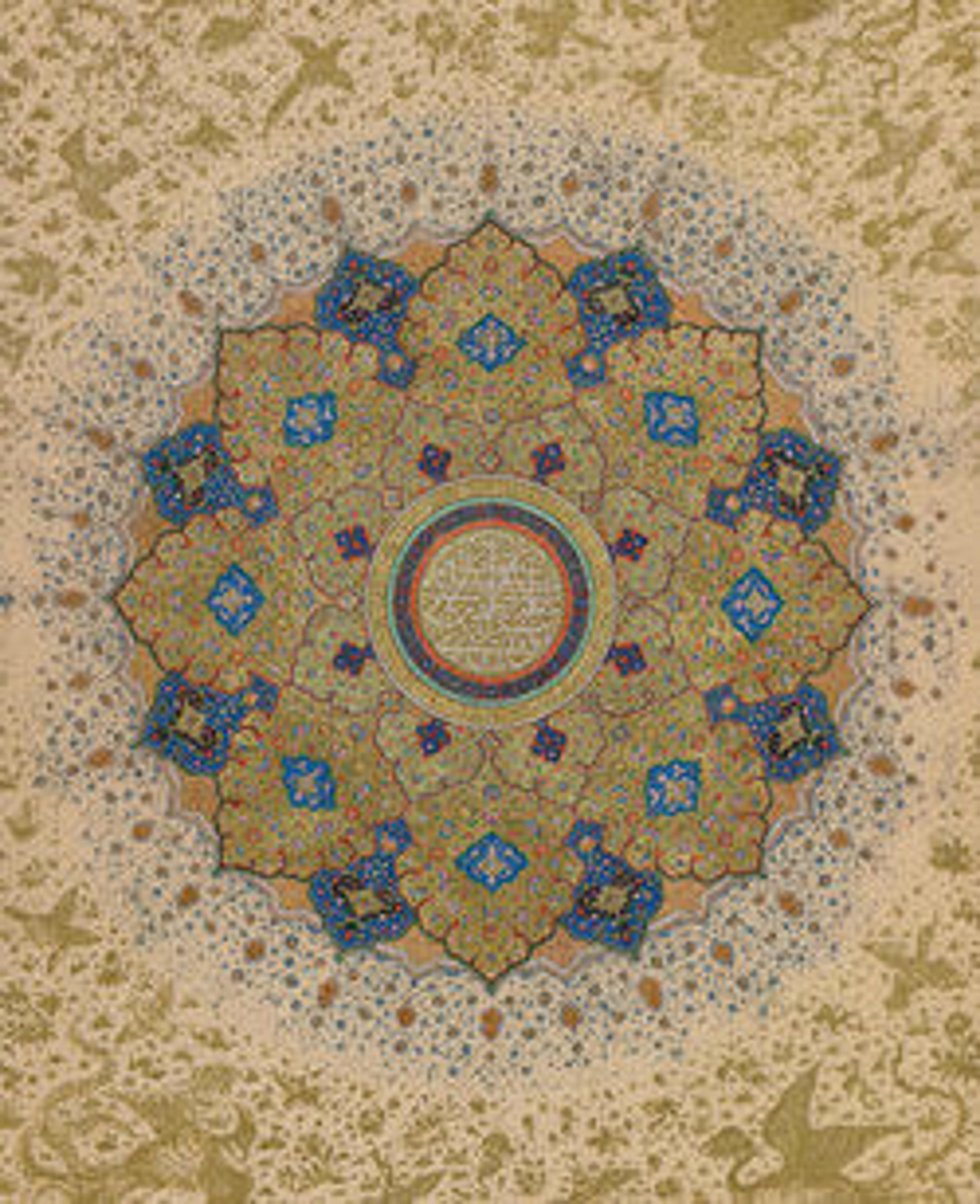Silk Fragment with Circular Rosace-like Floriate Medallions
Artwork Details
- Title: Silk Fragment with Circular Rosace-like Floriate Medallions
- Date: first half 16th century
- Geography: Attributed to Turkey, probably Istanbul
- Medium: Silk, metal wrapped thread; lampas (kemha)
- Dimensions: Textile: H. 50 in. (127 cm)
W. 25 1/2 in. (64.8 cm)
Mount: H. 54 3/8 in. (138.1 cm)
W. 30 in. (76.2 cm)
D. 1 in. (2.5 cm) - Classification: Textiles-Woven
- Credit Line: Purchase, Joseph Pulitzer Bequest, 1952
- Object Number: 52.20.18a–e
- Curatorial Department: Islamic Art
More Artwork
Research Resources
The Met provides unparalleled resources for research and welcomes an international community of students and scholars. The Met's Open Access API is where creators and researchers can connect to the The Met collection. Open Access data and public domain images are available for unrestricted commercial and noncommercial use without permission or fee.
To request images under copyright and other restrictions, please use this Image Request form.
Feedback
We continue to research and examine historical and cultural context for objects in The Met collection. If you have comments or questions about this object record, please complete and submit this form. The Museum looks forward to receiving your comments.
